October 13, 2023
SAB Class Schedule: Music Class
Watch our latest Class Schedule video to learn all about our music classes from faculty member Aaron Severini.
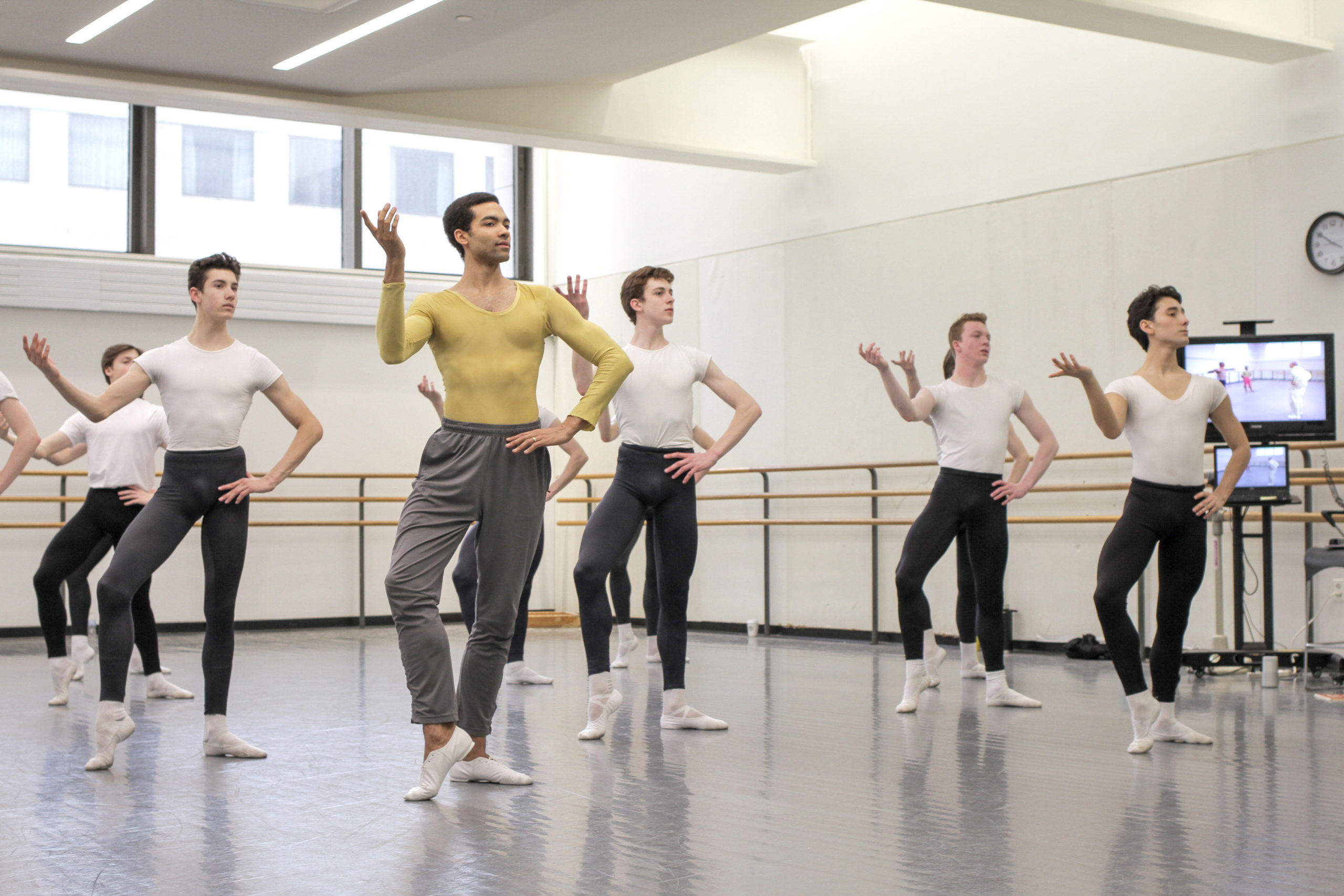
“It’s rather like learning Shakespeare from the man who played the original Hamlet,” Silas Farley impressed upon the students in SAB’s Advanced Men’s class. He was referring to the unique method he was about to use to teach the “Phlegmatic” variation from George Balanchine’s groundbreaking ballet, The Four Temperaments.
The Four Temperaments premiered in 1946 as part of the opening program of Ballet Society, the forerunner of New York City Ballet, and is one of Balanchine’s earliest experimental works that fused classical movements with a sparse, angular style. The mood of the music – written by Paul Hindemith and commissioned by Balanchine – is loosely inspired by the medieval belief that human beings are made up of four different humors that determine a person’s temperament, thus providing the titles of the ballet’s four movements — “Melancholic,” “Sanguinic,” “Phlegmatic,” and “Choleric”.
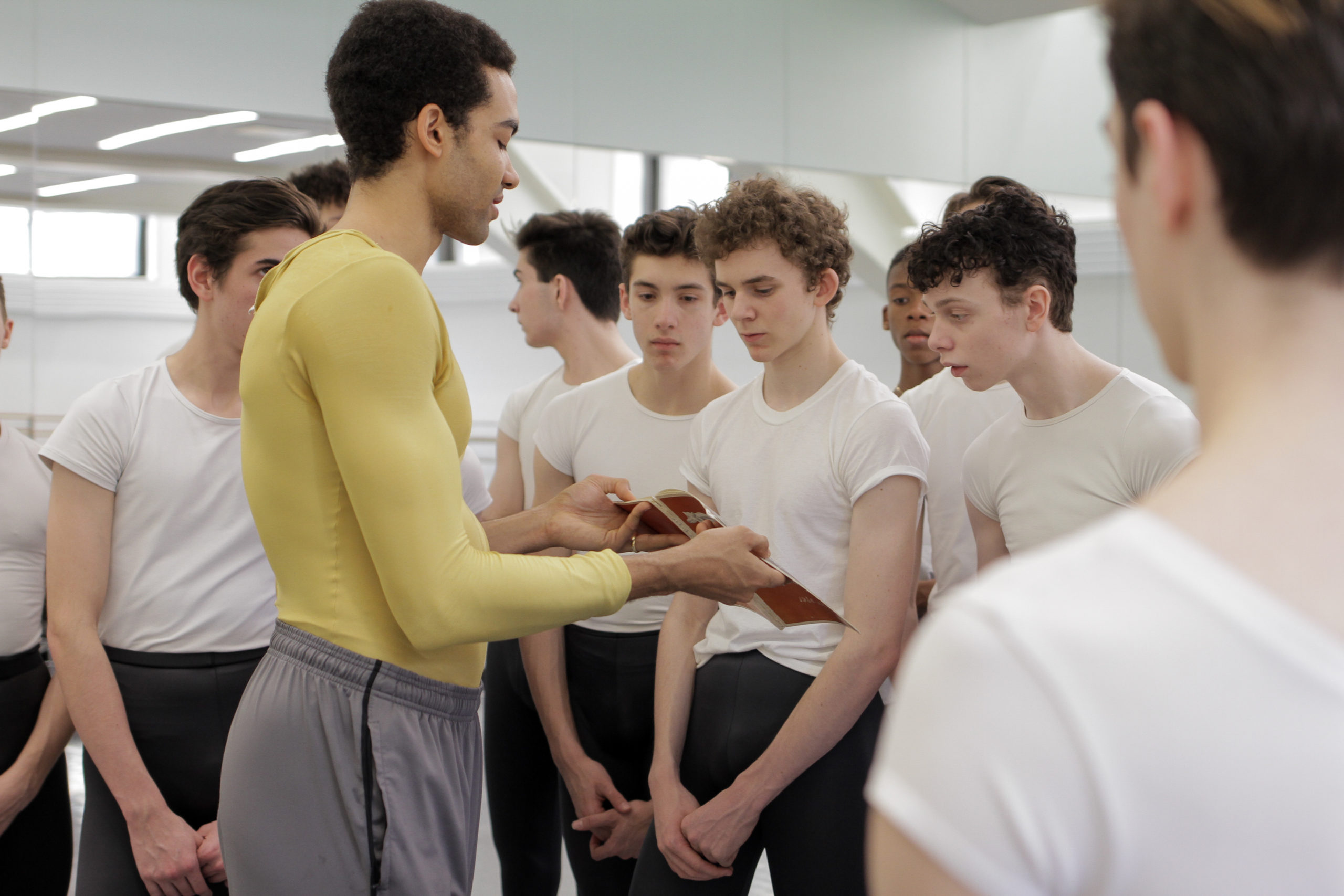
Back in February, Farley, a member of New York City Ballet’s corps de ballet and regular SAB guest teacher, arrived at the Advanced Men’s Variations class with both a TV and laptop in tow. He began class by giving the students a brief history lesson of the work – sharing pictures of the original program – and then provided some background into why utilizing tools like a video of past coaching sessions with dancers from the original cast is so valuable.
He then proceeded to teach the opening sequence of the Phlegmatic variation, before directing the students back to the TV to watch a video clip of Todd Bolender, the man who originated the Phlegmatic solo role, coaching NYCB principal Albert Evans in the part in 1998. Evans, who sadly passed away in 2015, was very well known in this role, having danced it as an SAB student in the 1987 Workshop Performances before going on to become the leading interpreter of the part during his career at NYCB.
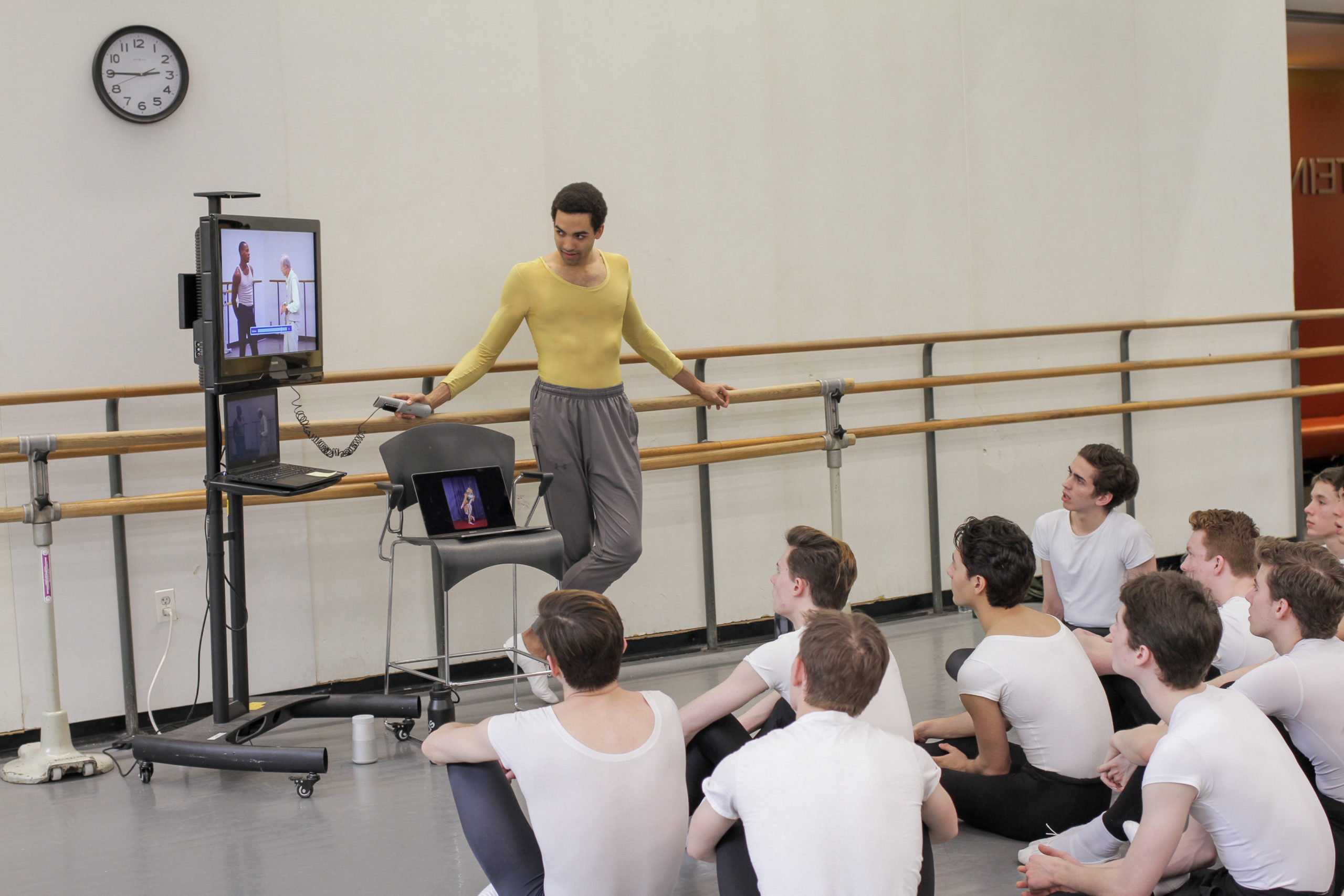
This 1998 video recording is part of The George Balanchine Foundation Video Archives. The George Balanchine Foundation (balanchine.org), of which Farley is a Board Member, was founded in 1983. Its mission is to educate and inspire the world of dance through its stewardship of the Balanchine legacy. The Video Archives, which celebrate their 25th anniversary in 2020, are The Balanchine Foundation’s main project.
These Video Archives include both the Archive of Lost Choreography and the Interpreters Archive. Both parts of the Video Archives are comprised of coaching session videos, in which originators or key interpreters of Balanchine ballets share their insights with a younger generation of dancers. Since 1995, The Balanchine Foundation has completed nearly 60 of these films with an illustrious group of dancers who worked directly with Balanchine, illuminating his choreographic output between 1925 and 1982. These videos play a critical role in recording Balanchine’s original intent for his works. They are available for viewing at The New York Public Library for the Performing Arts at Lincoln Center and in over 70 other non-circulating research repositories in the United States and abroad. Farley used the Bolender/Evans recording of The Four Temperaments to facilitate this first class of this type at SAB.
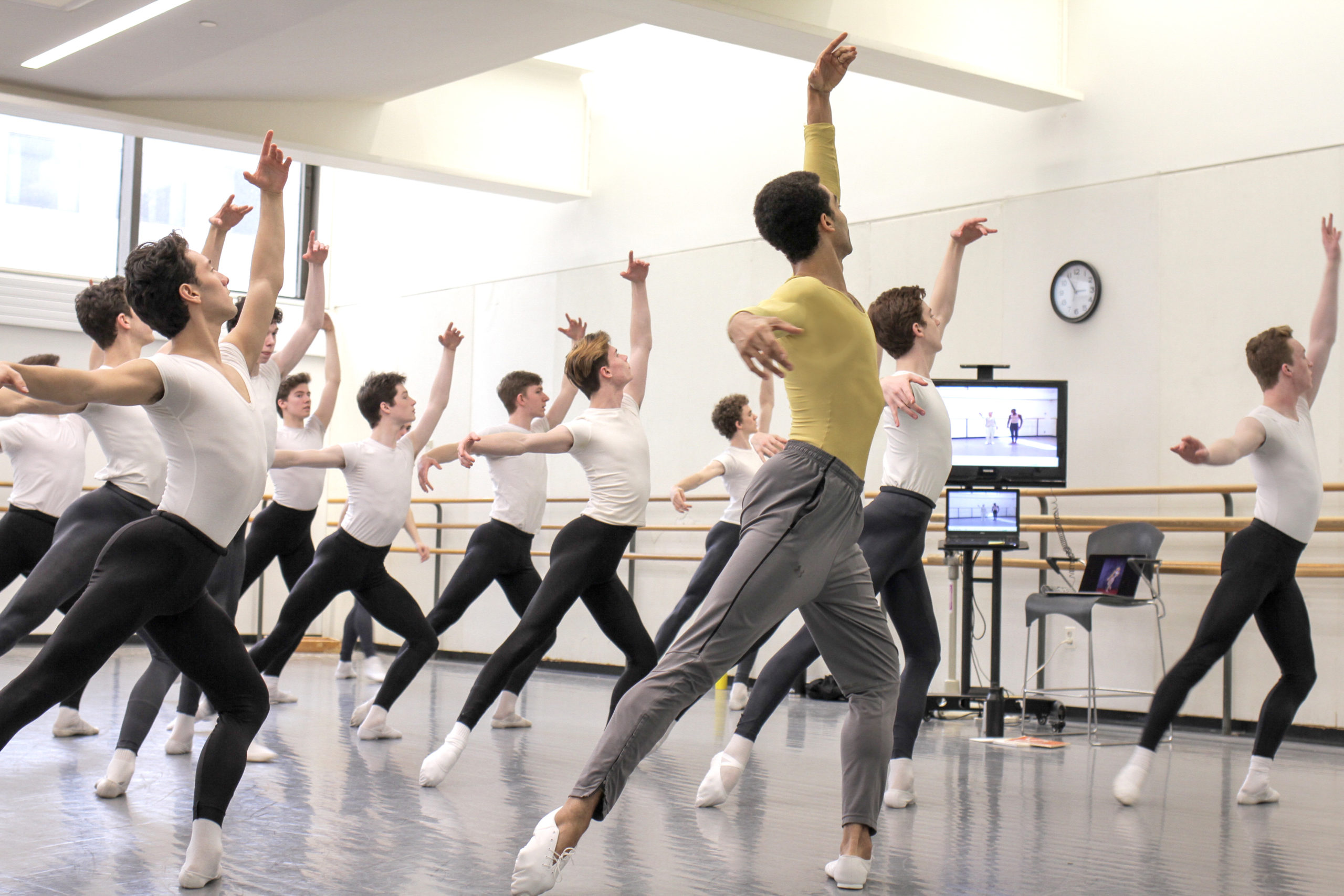
Through the video, the students saw Bolender teach not just the steps but the intention behind them; peppering his coaching with anecdotes, stories, and quotes he recalled directly from George Balanchine when the work was first being created. As Farley continued to teach the variation, he repeatedly referred to things Bolender mentioned in the video while also providing his own thoughts on executing the steps. Through this method of instruction, a rich tapestry of choreography and artistry emerged. As Farley served as a conduit to Bolender and by extension Balanchine, the lesson of the class firmly emerged as one of connection and legacy: two vital ingredients to the preservation and continuation of truly great art.
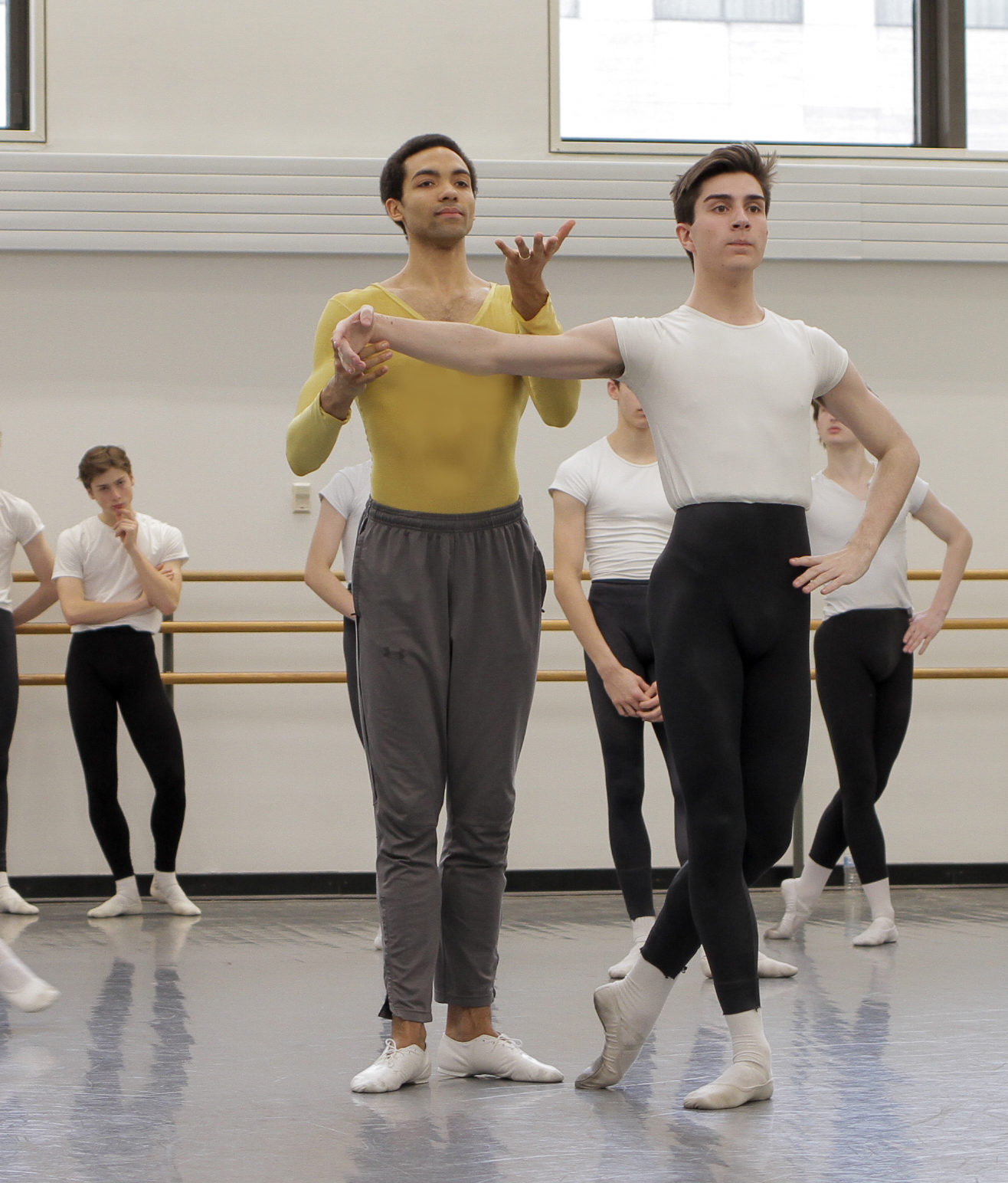
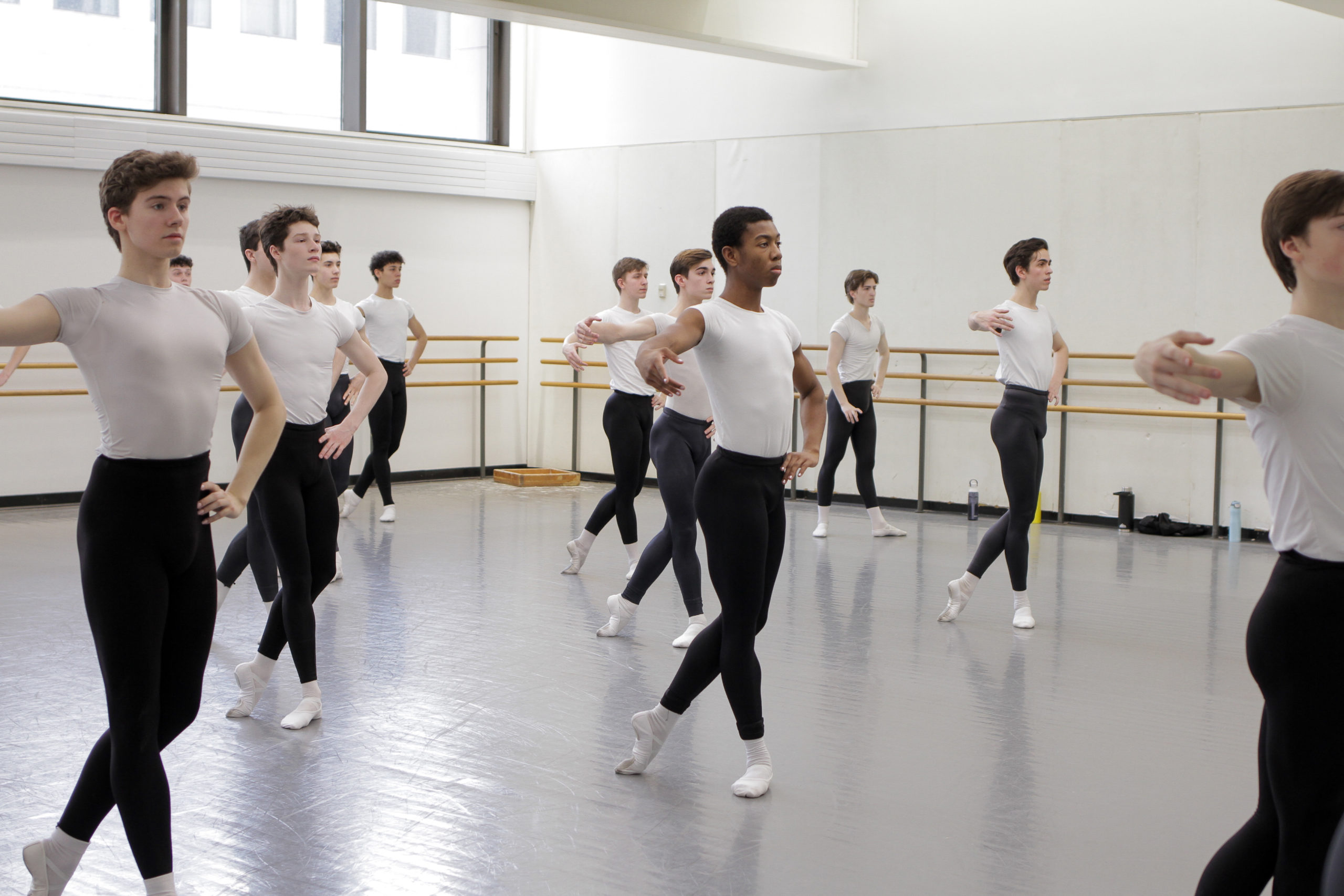
“We explored how Mr. Balanchine made new iterations of his Phlegmatic choreography for different dancers over time,” says Farley. “It was a joy to do this history-detective work with these young men. My hope is that they’ll incorporate similar research into how they prepare for future roles.”
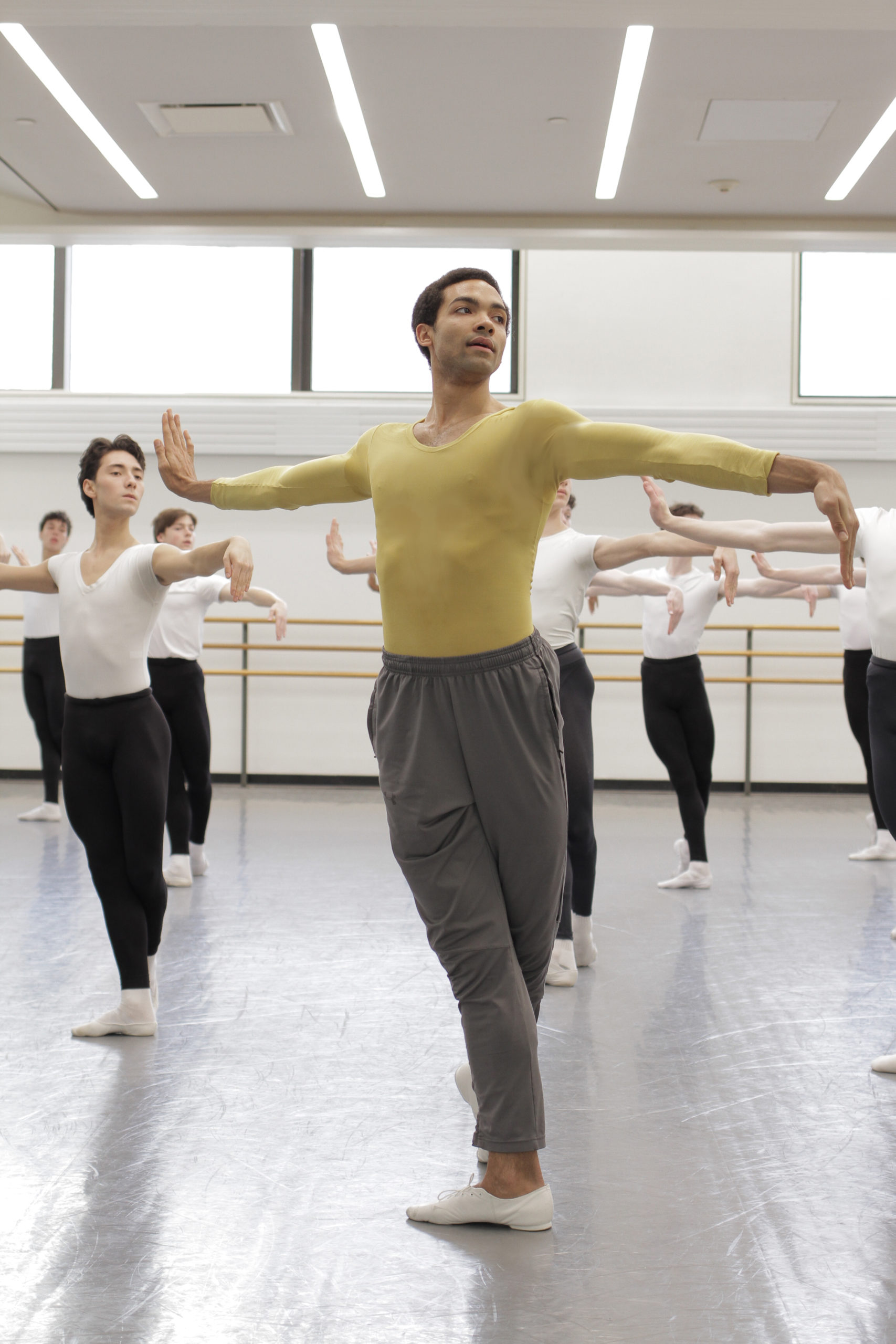
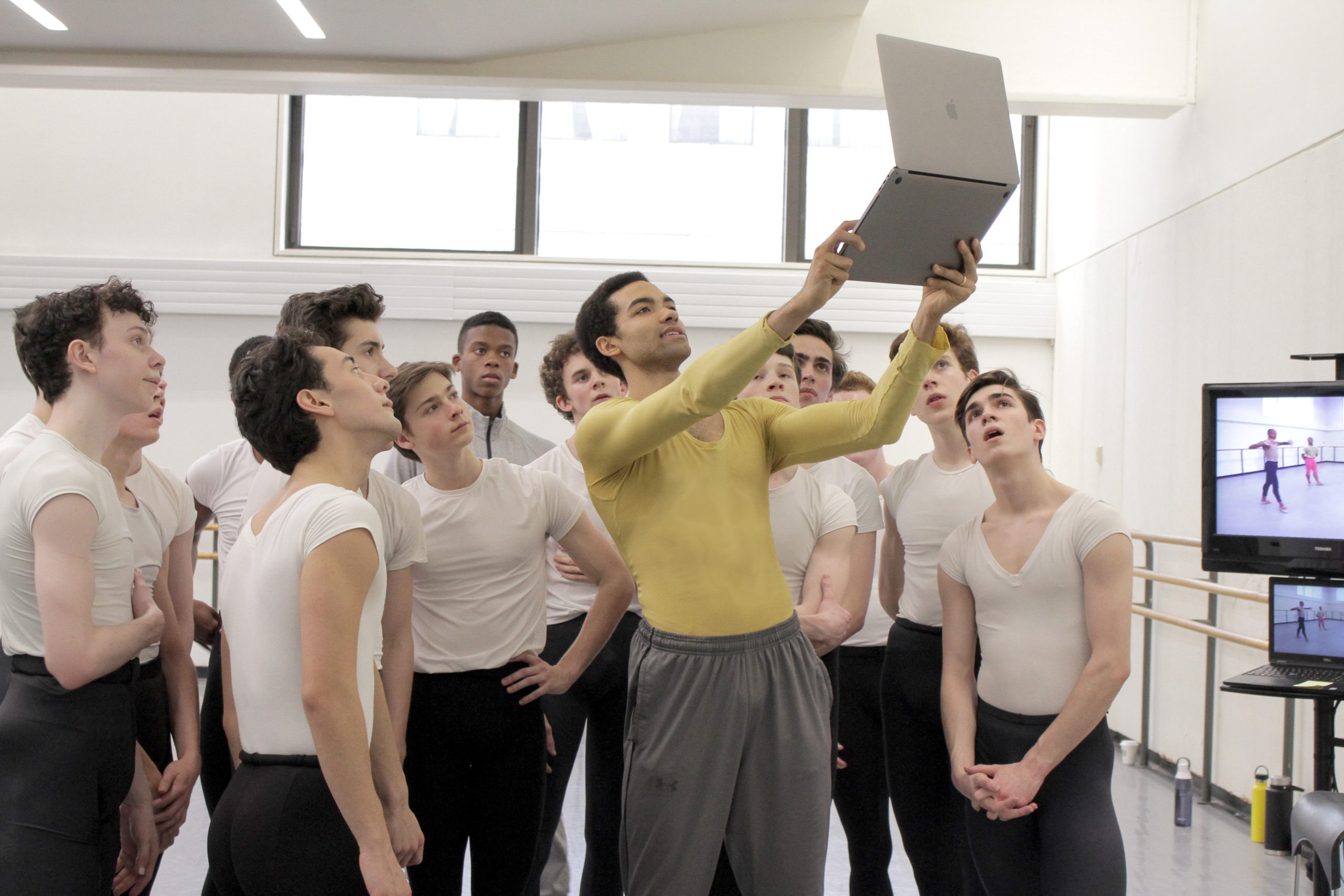
Farley concluded the class by sharing more archival photos on his laptop and reiterating how discovering the history of ballet can unlock perspectives the students can use in every aspect of their dancing—from studio to stage. Through the use of these tools, Variations class had morphed into a delightfully inspirational experience for everyone in the room.
Photos by Heather Toner; THE FOUR TEMPERAMENTS, choreography by George Balanchine ©️The George Balanchine Trust.
October 13, 2023
Watch our latest Class Schedule video to learn all about our music classes from faculty member Aaron Severini.
July 11, 2023
From learning contemporary techniques to polishing the classics, SAB students greatly advance their skill level and artistry by taking masterclasses from leading artists from all over the globe.
May 30, 2023
The connection between August Bournonville and George Balanchine traces back to the origins of SAB and still impacts the school today.